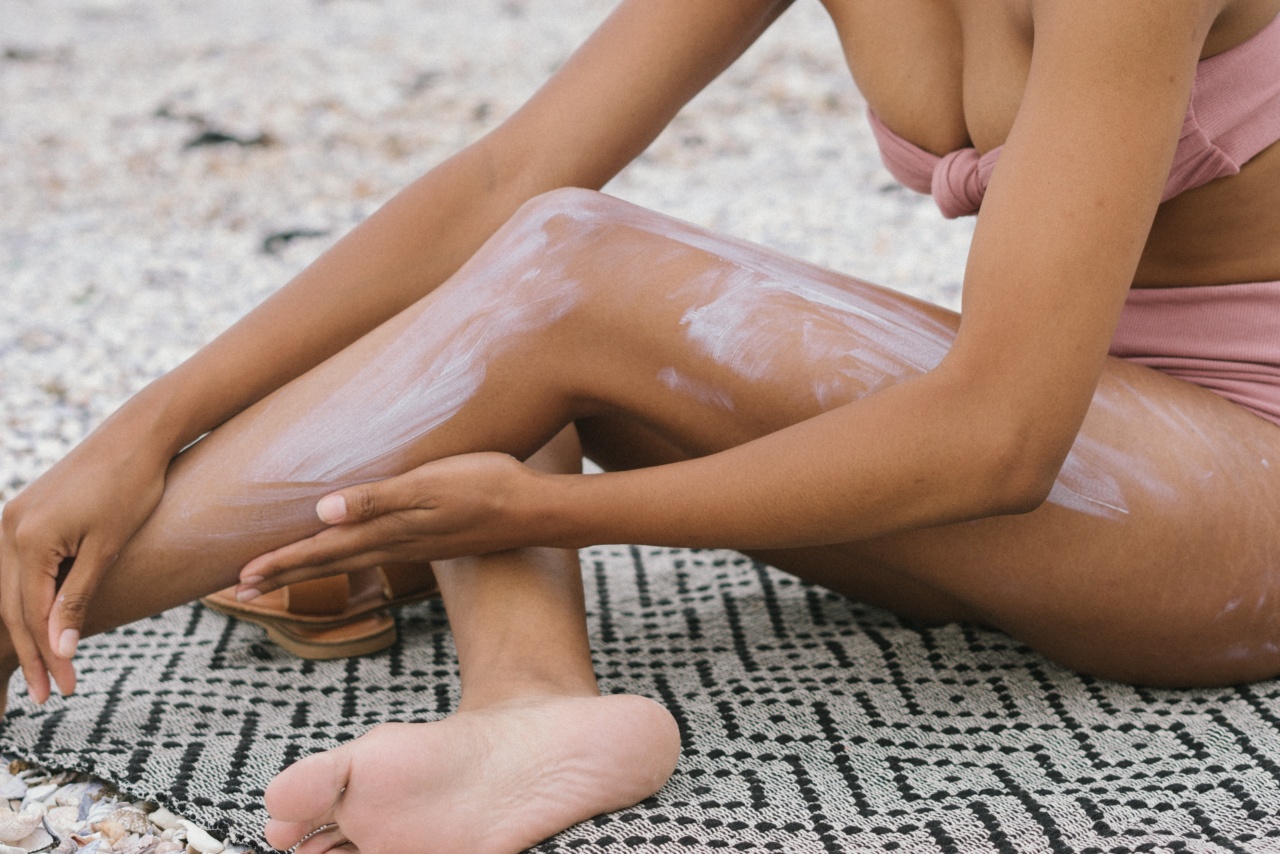Sunscreen is an essential part of our daily skincare routine, protecting our skin from harmful UV rays that can lead to sunburn, premature aging, and even skin cancer.
However, there are numerous misconceptions and myths surrounding sunscreen that can confuse consumers and leave them unsure about its effectiveness. In this article, we debunk 10 common myths about sunscreen to help you make informed decisions when it comes to sun protection.
Myth 1: Darker skin tones do not need sunscreen
Many people with darker skin tones believe they are naturally protected from the sun’s damaging rays and, therefore, do not need to wear sunscreen. However, this is far from the truth.
While darker skin has more melanin, which offers some natural protection, it is still important to wear sunscreen daily. Darker skin is not immune to the harmful effects of sun exposure and can still suffer from sunburns, skin damage, and an increased risk of skin cancer.
Myth 2: Sunscreen is only necessary on sunny days
Contrary to popular belief, sunscreen is not just for sunny days. Even when it’s overcast, up to 80% of the sun’s UV rays can still penetrate through the clouds.
Additionally, UV rays can also reflect off surfaces like water, sand, and snow, increasing your exposure. It is essential to wear sunscreen every day, regardless of the weather conditions, to protect your skin from the damaging effects of the sun.
Myth 3: Makeup with SPF provides enough sun protection
While some makeup products claim to provide SPF protection, it’s important to note that the amount of product typically applied is not enough to provide sufficient sun protection.
To truly protect your skin from the sun’s harmful rays, it is recommended to apply a dedicated sunscreen with a broad-spectrum SPF of 30 or higher before applying any makeup. This will ensure that your skin is adequately protected throughout the day.
Myth 4: Applying sunscreen once a day is enough
Many people believe that applying sunscreen in the morning is enough to keep them protected all day. However, sunscreen wears off over time, especially with activities like swimming, sweating, or rubbing your face with a towel.
It is crucial to reapply sunscreen every two hours, or more frequently if you are engaging in water activities or sweating excessively. This will ensure continuous protection and prevent sunburns or skin damage.
Myth 5: Sunscreen prevents vitamin D absorption
Some people worry that using sunscreen will hinder their body’s ability to absorb vitamin D from sunlight. While sunscreen with a high SPF can reduce vitamin D synthesis, the impact is minimal.
Most people can obtain sufficient vitamin D from a combination of sun exposure, a balanced diet, and supplements if necessary. The benefits of using sunscreen far outweigh any minor impact on vitamin D absorption.
Myth 6: Sunscreen is only necessary during the summer months
Sunscreen is not exclusively a summertime requirement. UV rays are present year-round, and they can reach your skin even on cloudy or cold days.
It is crucial to incorporate sunscreen into your daily skincare routine throughout the year, regardless of the season. Whether you’re going for a walk, running errands, or spending a day at the beach, make sure to apply sunscreen and protect your skin from damaging UV rays.
Myth 7: Sunscreens with higher SPF offer significantly better protection
While it’s true that higher SPF sunscreens do provide increased protection, the difference becomes less significant as the SPF number rises. SPF 30 blocks about 97% of UVB rays, while SPF 50+ blocks around 98%.
The key to effective sun protection lies in applying the sunscreen generously and reapplying it regularly, regardless of the SPF level. Remember, no sunscreen can provide 100% protection, so it’s essential to take additional sun protection measures like seeking shade and wearing protective clothing.
Myth 8: Sunscreen is not necessary if you have a base tan
Some individuals believe that having a base tan, whether from the sun or a tanning bed, provides enough protection against sunburns. However, a base tan offers minimal protection, equivalent to a low SPF of around 3.
It does not provide adequate protection against the harmful effects of UV rays and can lull people into a false sense of security. It’s crucial to prioritize sun protection every time you’re exposed to the sun, regardless of your skin color or base tan.
Myth 9: Sunscreen is not safe and is filled with harmful chemicals
There have been concerns raised about the safety of certain sunscreen ingredients. However, extensive research conducted by regulatory authorities, such as the FDA, has shown that the benefits of using sunscreen far outweigh any potential risks.
Additionally, modern sunscreens undergo rigorous testing to ensure their safety and effectiveness. It is essential to choose sunscreens that are approved by regulatory bodies and follow the instructions for proper usage.
Myth 10: Sunscreen is only for the face and exposed skin
Your face and exposed skin are not the only areas that require sun protection. It’s essential to apply sunscreen to all exposed areas of your body, including your neck, ears, hands, feet, and even your scalp if not covered by hair.
Many people forget to protect these areas, which can result in sunburns, skin damage, and an increased risk of skin cancer. Make sure to apply a sufficient amount of sunscreen to all exposed areas for comprehensive protection.




























